AR Emoji vs. Animoji: It's Not Even Close
Samsung's new Galaxy S9 and S9+ may not be able to turn you into a cartoon animal, but they can still make you into an emoji. Here's how the phones' AR Emoji feature compares to the iPhone X's Animoji.
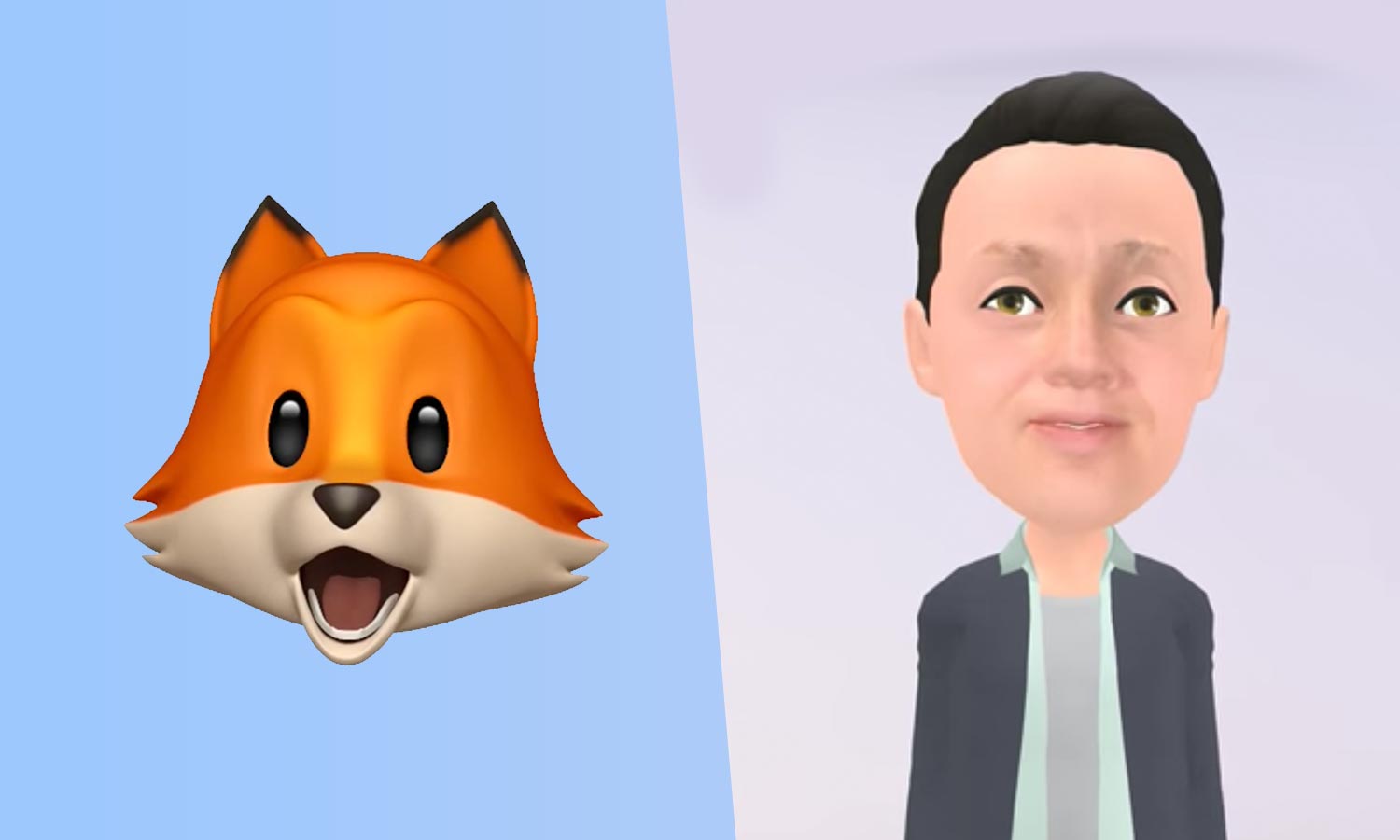
Roughly 160 new emojis will debut on our smartphones before the end of the year as part of the newest update to the Unicode text standard. And they're already hopelessly antiquated. After all, why settle for static modes of expression when the latest phones can do so much more? Two-dimensional poop swirls are crude.
This is 2018, and we can do better! We have head-tracked, 3D-modeled and fully animated poop emoji now.
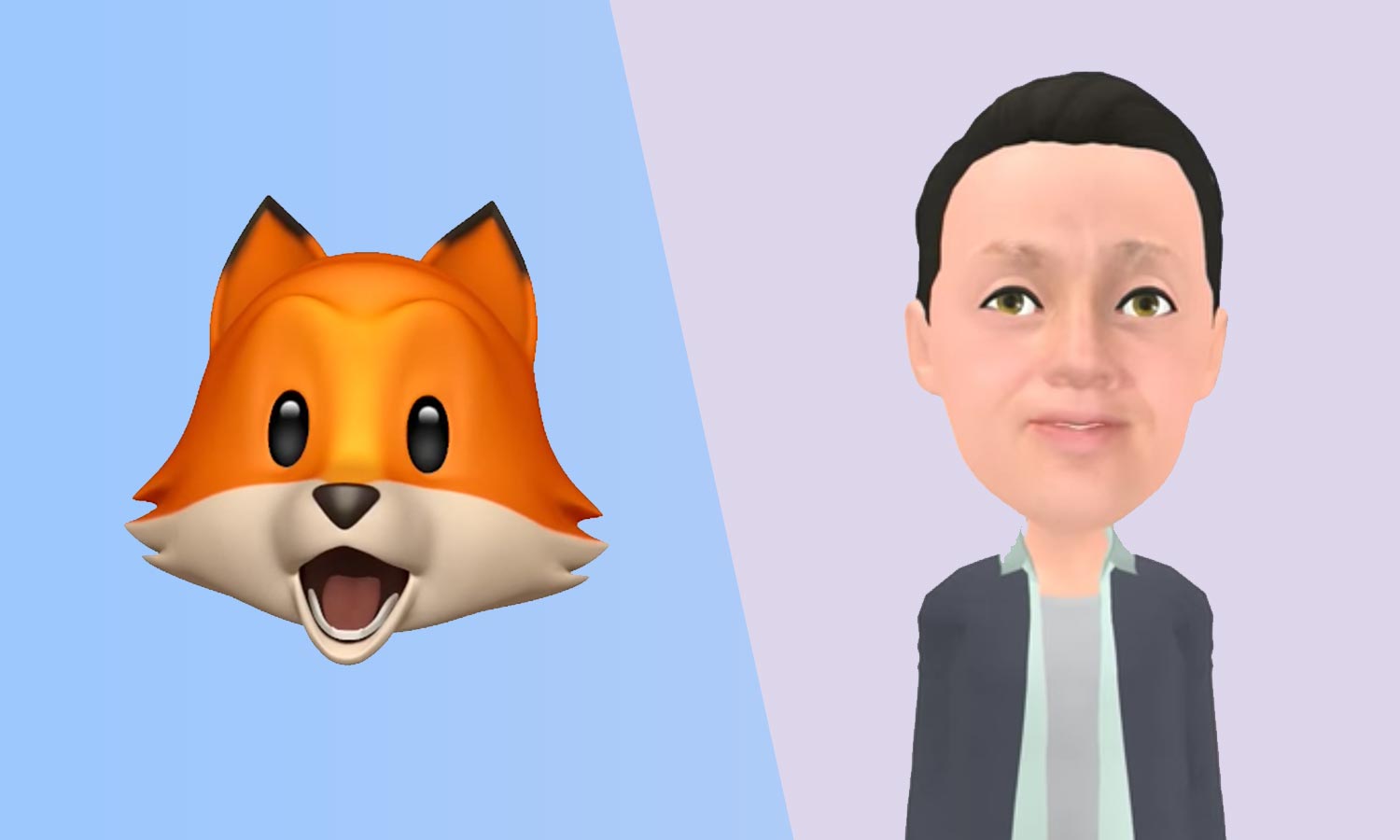
Since late 2017, Apple occupied this space uncontested, with Animoji, a set of 16 animated characters based on existing emoji that use the iPhone X's TrueDepth camera system to mimic your facial expressions in real time. Now, Samsung has come up with its own take in the form of AR Emoji, a feature exclusive to the new Galaxy S9 and S9+.
Unlike Animoji, which uses premade cartoon animals and other friendly creatures, AR Emoji are customizable 3D avatars made to look like you. Think of them as 3D Bitmoji that also track your face.
Which approach is better? To find out, we've compared AR Emoji and Animoji head to head, from setup to sharing to the final result. Here's what we found.
Setup
Setting up Animoji on your iPhone X couldn't be easier, mostly because there isn't any setup.
You don't even need to have your mug enrolled in the iPhone X's Face ID system to use Animoji. All you have to do is open up Messages, tap the apps button while inside a thread and then tap the Animoji icon. Pick your spirit animal (or robot, alien or dragon) from the selections stacked vertically on the left side, and watch as your face is transformed in the preview window into one of the characters. You can record a message up to 10 seconds long this way, complete with audio.
Get instant access to breaking news, the hottest reviews, great deals and helpful tips.
MORE: How to Use Animoji
AR Emoji is a little more involved, mostly because it's a more personal experience. To create your own AR Emoji, open the Galaxy S9's camera app, switch to the front camera and tap the AR Emoji menu item in the top bar.
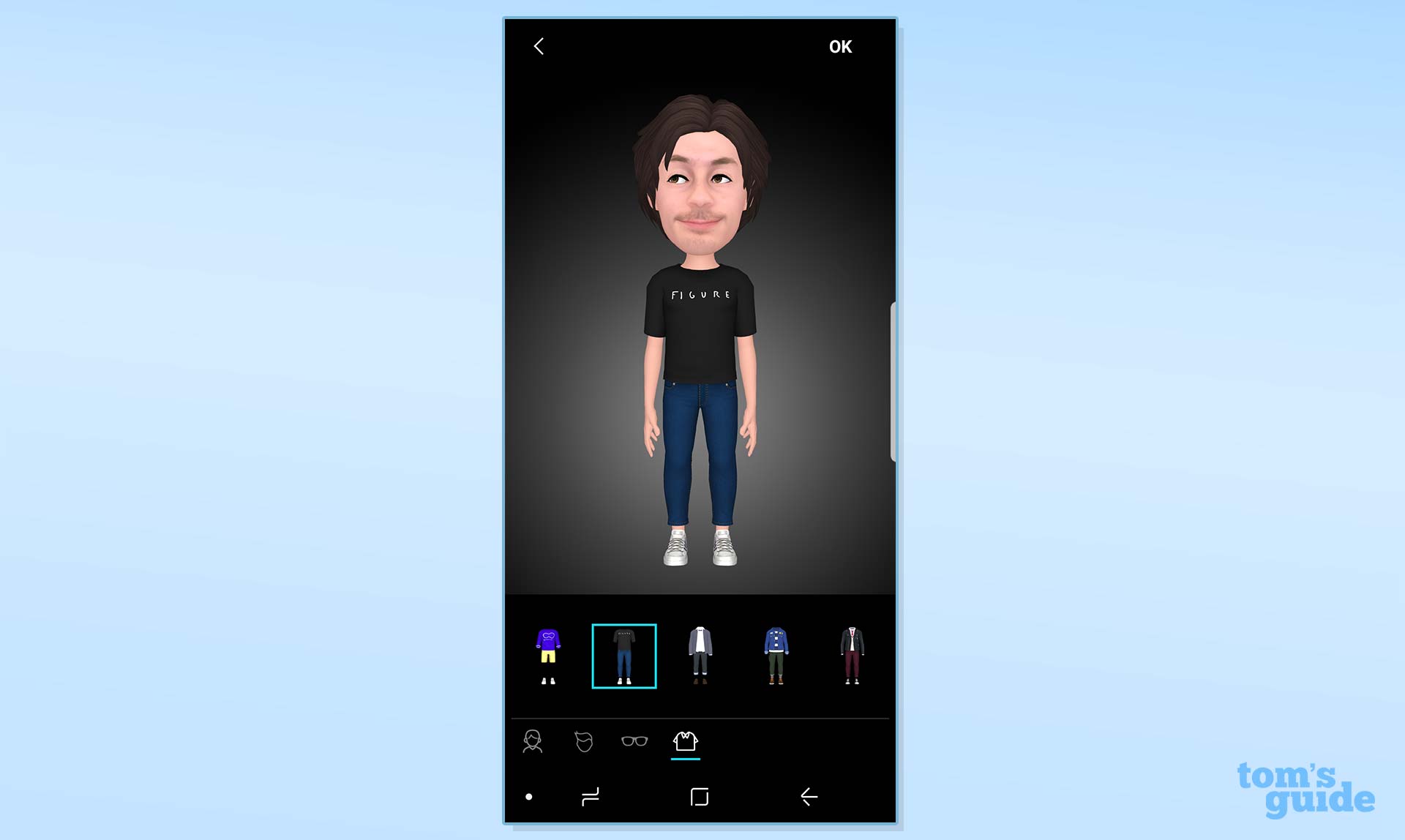
To create a new AR Emoji, you take a picture of yourself head on and then select your gender. (We could do without the second step, but that's another story.)
The phone generates a model in seconds, but the way it combines the portrait with a simplistic 3D model is kind of off-putting. For example, to give my virtual avatar some facial hair, the Galaxy S9 I was using pasted a section of my mustache and beard from my photo onto my AR Emoji's face. It wasn't a good look.
Winner: iPhone X
Customization
Because Animoji are premade, you get no options for customization. That's OK, as there's probably not much you'd want or need to customize on them anyway. However, it is worth noting that certain Animoji have neat animation touches, like the way the alien's head bulges or the robot's antenna spikes when you raise your eyebrows.
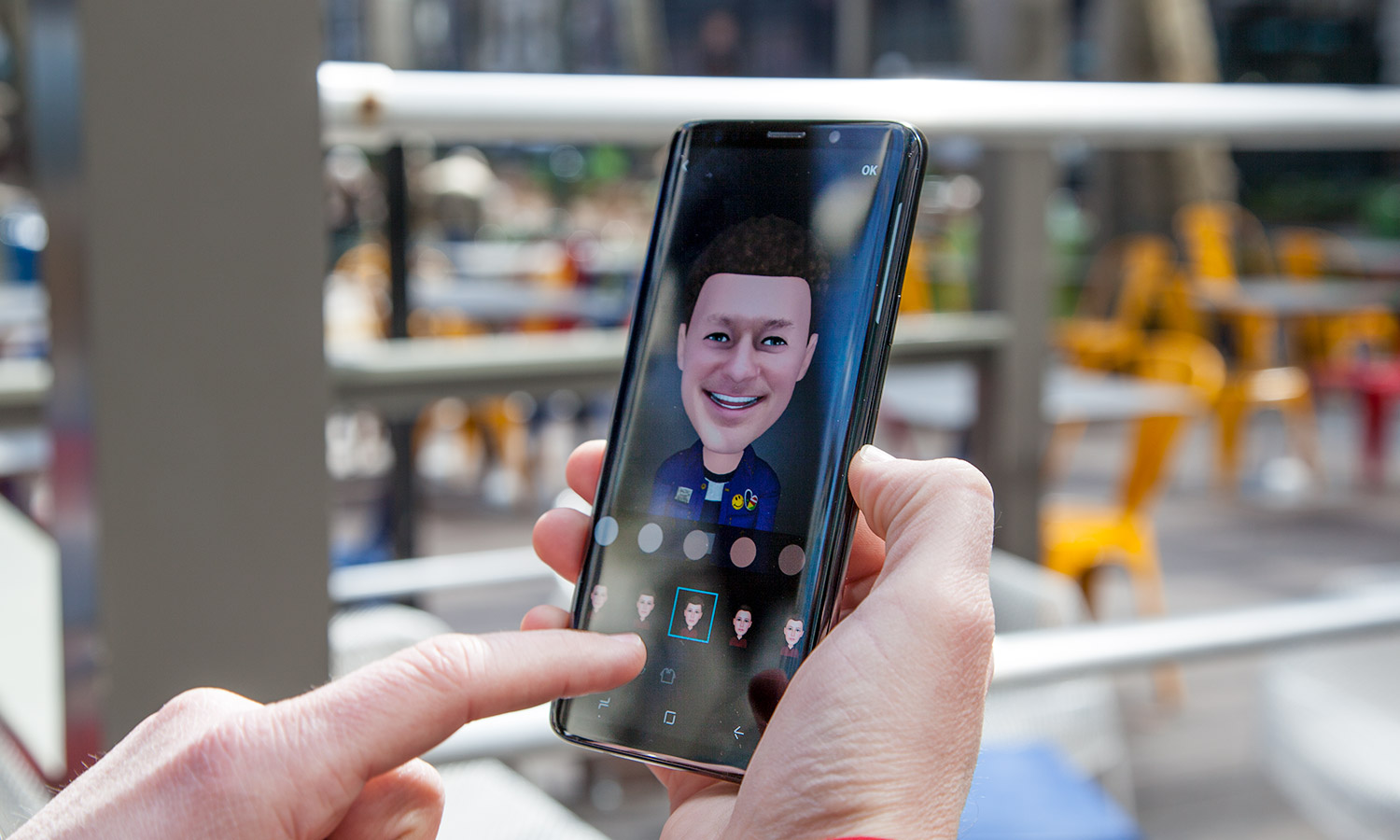
In contrast, the AR Emoji program offers a basic level of personalization, though it's surprisingly limited. You can choose from only a small number of outfits and hairstyles. You can't modify your eyes, head shape or facial hair, so don't expect anything as extensive as the character-creation tools you'll find in video games, like Nintendo's customizable Miis.
Winner: Galaxy S9 and S9+
Sharing
To share your Animoji, you can send it as an iMessage to other iPhone users or to non-Apple devices in an SMS. You can also save it to your Camera Roll as a .mov file. Those are your only options.

Meanwhile, Samsung has come up with a couple different ways to share AR Emoji. You can record yourself speaking, singing or making expressions, and then send the result via whatever channel you like as a video, be it a text, social media post or email. Additionally, the Galaxy S9 automatically creates 18 animated keyboard stickers using predetermined poses and stores extra copies as GIFs in the phone's Gallery, so they can be distributed through apps that don't support Samsung's stickers.
The upshot of all of this is that no matter what medium you and your friends use to chat, AR Emoji are supported. But whether you use an iPhone X or a Galaxy S9, you'll want to avoid sharing these emoji via SMS — it absolutely ruins the quality.
Winner: Galaxy S9 and S9+
Final Output
In motion, Animoji and AR Emoji couldn't look more different. Part of that is obviously because Apple's characters aren't designed to resemble humans. This helps make the animation appear smoother and more natural, because there's less to go wrong. ("That talking poop emoji looks nothing like me," is not a phrase you will hear uttered by a dissatisfied iPhone X user.)
But AR Emoji simply don't look as good as Animjoi across the board. Mine bore little resemblance to me, and even when I wasn't moving my face at all, my AR Emoji avatar assumed this kind of blank stare with a quivering, twitchy lip. There wasn't quite the same range of motion as I found in Animoji when I raised my eyebrows or opened my mouth, nor were the movements anywhere near as smooth in Samsung's offering.
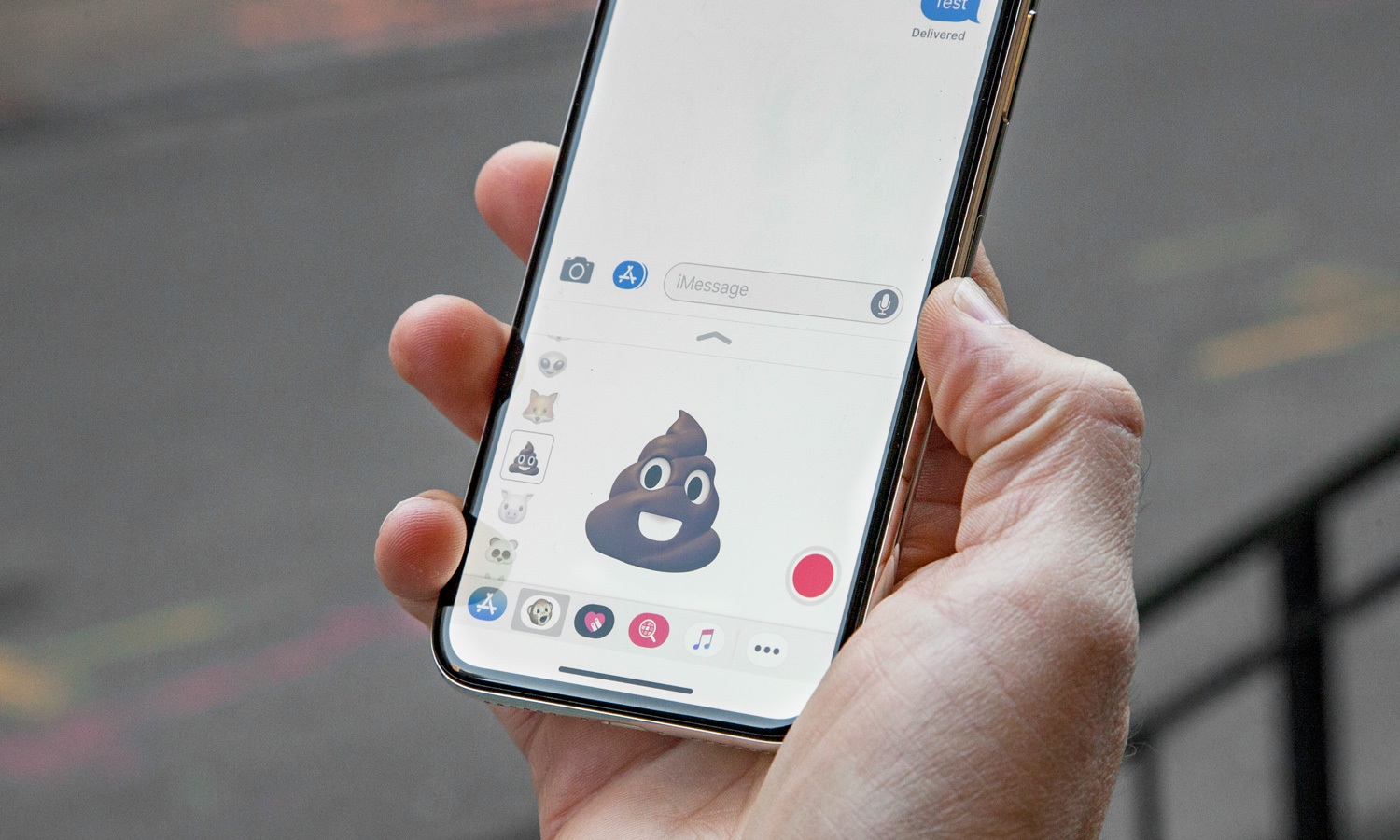
The fact is that AR Emoji is based upon less-sophisticated technology than Animoji. The front cameras on the Galaxy S9 and S9+ produce nice selfies, but for tracking facial muscles and depth sensing, they're not prepared for the job.
The iPhone X is better suited for things like Animoji or AR Emoji because of its TrueDepth imaging system, the array of sensors confined within the phone's notch that also enables Face ID. In the case of Animoji, TrueDepth's infrared camera and dot projector work in tandem with the standard RGB sensor to capture more information, which leads to higher-fidelity animations.
MORE: How to Use iPhone X Without A Home Button
To make matters worse, my Galaxy S9 gave me a completely random hairstyle that didn't seem at all related to the reference photo I took. That really summed up the experience overall: The whole thing felt wrong and broken, like a beta that launched a year too early.
Winner: iPhone X
The Verdict
Samsung was keen to poke fun at Animoji, deriding the iPhone X for its "farm animals" when showing us AR Emoji for the first time. But there's likely a bunch of very good reasons why Apple chose silly cartoons instead of people. For example, they're probably much easier to animate convincingly, and they look cute, not creepy and deranged.
While I appreciate Samsung's ambition to deliver something more personal with AR Emoji, the feature is an ugly, twitchy mess in its current state. It may be a problem of hardware, software, the visual style chosen or some combination of all three, but the AR Emoji feature offers no competition to what Apple's done in the first incarnation of Animoji.
Here's hoping that updates make AR Emoji a little better. Until then, Samsung's feature provides a light personal touch and is a little more convenient for sharing, but neither of those benefits are going to make you want to use the program.
Credit: Tom's Guide
Adam Ismail is a staff writer at Jalopnik and previously worked on Tom's Guide covering smartphones, car tech and gaming. His love for all things mobile began with the original Motorola Droid; since then he’s owned a variety of Android and iOS-powered handsets, refusing to stay loyal to one platform. His work has also appeared on Digital Trends and GTPlanet. When he’s not fiddling with the latest devices, he’s at an indie pop show, recording a podcast or playing Sega Dreamcast.
-
grbaru this is the worst forum ever .... these guys are totally biased how can the animoji be better than AR emoji.Reply
im done with ever reading your post. have some integrity
